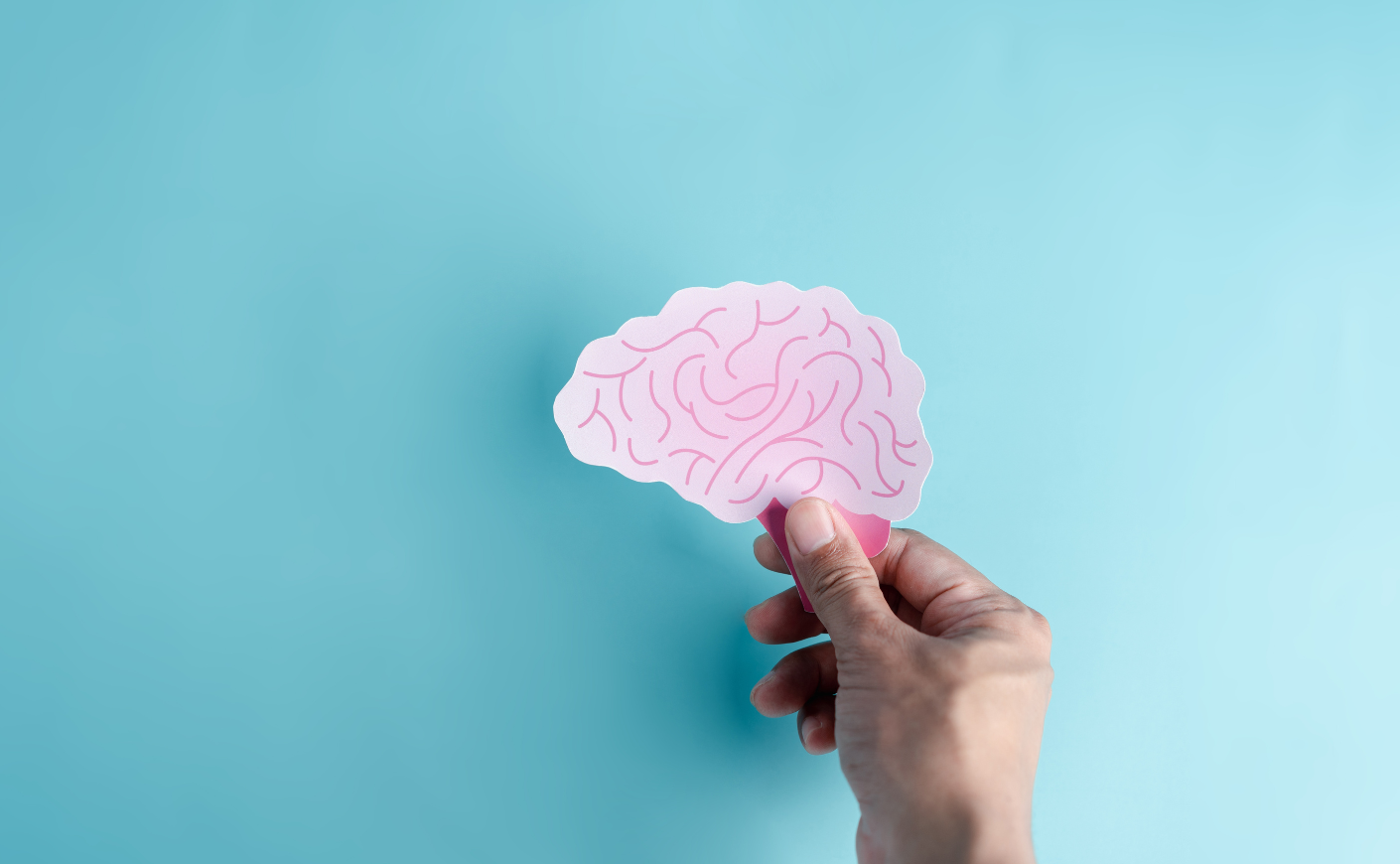About 795,000 Americans suffer from stroke each year. That’s one about every 40 seconds, according to the Centers for Disease Control and Prevention.
Strokes occur when the flow of oxygen and other nutrients is suddenly cut off to the brain. Ischemic strokes, which account for about 87 percent of incidents, are caused by blockages like plaque or blood clots, while hemorrhagic strokes are when a blood vessel in the brain bursts. Both are very dangerous, leading in many cases to long-term disability or death.
Unfortunately, strokes are more common — and more deadly — in women, whom researchers now believe may experience different symptoms than men do. Here’s a closer look.
Why strokes are more common in women
Part of it’s simply because women tend to live longer, and strokes become much more common as we age. But women also have several other risk factors, including the hormonal changes that come with perimenopause and menopause. Estrogen may play a role in regulating cholesterol levels and keeping the blood vessels relaxed, so as it wanes in midlife, that could raise your risk of stroke, the New York Times reports.
Women are also more vulnerable during pregnancy, says Indrani Acosta, MD, the medical director for stroke for AdventHealth Central Florida. Women carry much more blood when they’re pregnant, which can raise their cardiac output up to 30 percent, Dr. Acosta says. After they give birth, that rapidly reverses, which raises their risk of blood clots. Plus, the blood can become “more viscous” and more likely to form clots.
The same “hypercoagulable” effect can sometimes occur from hormonal birth control, she says. And there’s some evidence that hormone therapy can also raise your risk.
Stroke symptoms in women
The traditional symptoms of stroke can be recalled using the acronym B.E. F.A.S.T.
The B is for balance issues. the E is for eyes — referring to the blurred vision or other vision problems patients report. The F stands for face drooping. A stroke can impair the part of the brain that controls facial muscles; often the eyelids, cheeks, or corners of the mouth will appear to sag. The A is for arm weakness: Many stroke patients report numbness or weakness on one side of the body. The S represents speech difficulty, like slurring or difficulty understanding speech. And the T isn’t a symptom — it stands for “time to call 911,” and it's a reminder that when it comes to stroke, reacting fast is crucial.
Both men and women experience these symptoms, but Dr. Acosta tells us that doctors have “noticed that women can also present with what we call non-traditional or non-specific symptoms.” These are things like fatigue or “generalized weakness,” chest discomfort, and nausea.
Many healthcare providers have also said they’ve seen women report difficulty breathing, shortness of breath, and even hiccups during a stroke, Dr. Acosta says.
“These issues might not ring a bell for physicians,” she explains. “And a lot of women might not even recognize what’s happening either, which could cause them to delay seeking medical attention.”
That’s a huge problem. Every minute of interrupted blood flow to the brain can lead to irreversible brain damage, which is why knowing the signs of stroke and getting patients care as fast as possible is key.









